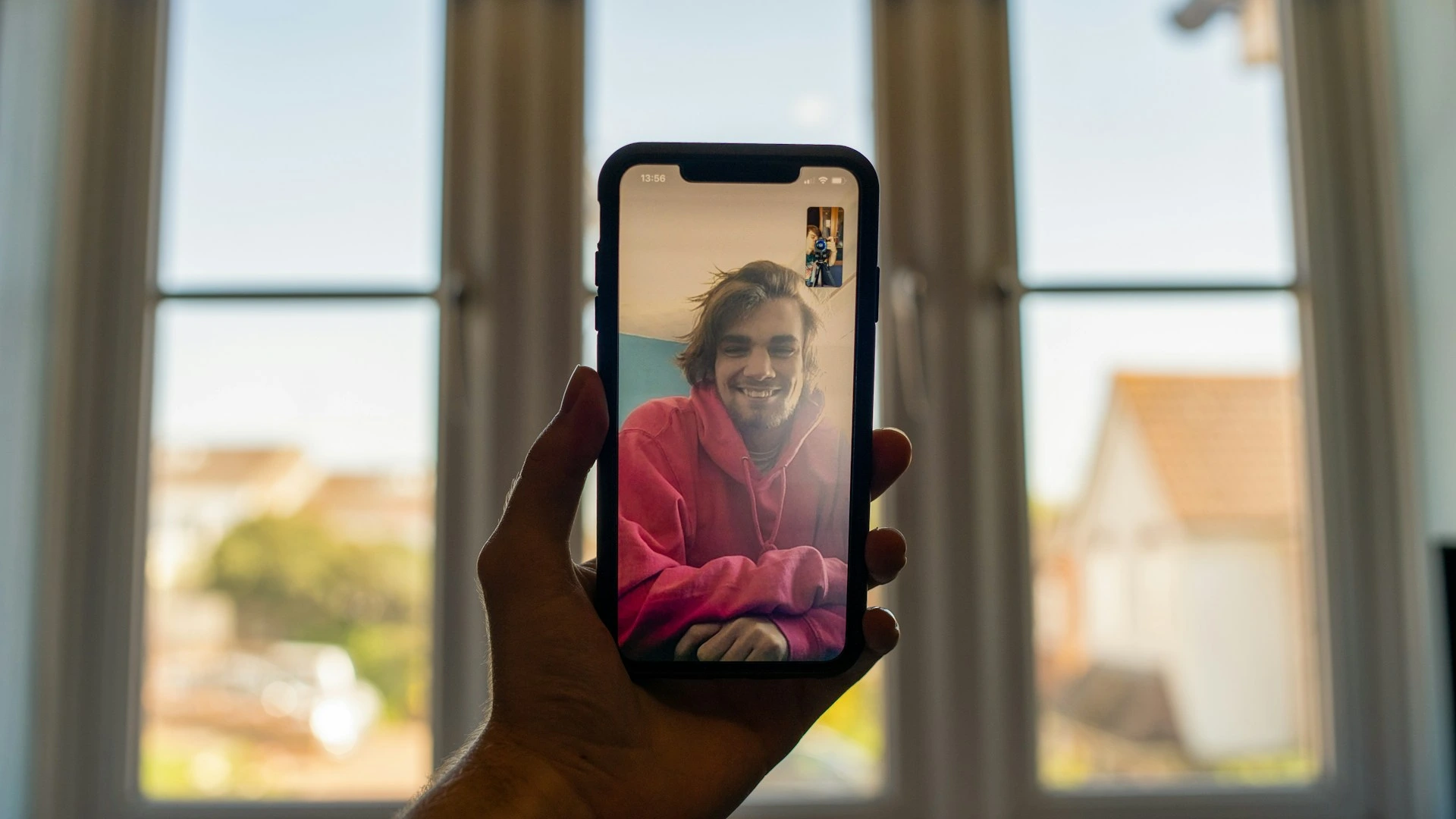
Photo by Ben Collins on Unsplash
ByteDance Introduces OmniHuman-1, One Of The Most Realistic DeepFake Tool In The Market
Researchers from ByteDance, Tiktok’s parent company, introduced this week a new AI tool called OmniHuman to generate human videos based on images and other media.
In a Rush? Here are the Quick Facts!
- ByteDance introduced its latest AI tool, OmniHuman-1, which can generate videos with realistic motion, style, and behavior from a single photo.
- The research team shared a paper with more details of the methodology and strategies applied to reach realistic deepfakes.
- OmniHuman is not available to the public yet.
The first version of the AI tool, OmniHuman-1, is capable of generating videos that support multiple image styles—ranging from realistic photography to animation and cartoons—as well as offering audio and music variations, various aspect ratios, and realistic motion images. In several demos, the Chinese company showcased the AI model’s capabilities.
“OmniHuman significantly outperforms existing methods, generating extremely realistic human videos based on weak signal inputs, especially audio,” states the paper published on Monday by Bytedance’s team. “ It supports image inputs of any aspect ratio, whether they are portraits, half-body, or full-body images, delivering more lifelike and high-quality results across various scenarios.”
The research team explained that they used a “multimodality motion conditioning mixed training strategy” and provided several examples of the tool’s capabilities, including recreating a class with Albert Einstein, simulating speeches using images from royalty-free websites, and generating musical performances from audio or video media.
ByteDance’s research team warned about the risks of fraud—they haven’t released the AI tool to the public yet, and didn’t share a date—and other ethics concerns. The company assured that the images and videos used to demonstrate the model’s performance were taken from public sources.
According to Forbes, the Chinese company used 18,700 hours of human video data to train the new mode. Multiple experts have already shared their thoughts on the new AI tool.
“Creating something from just a picture and making it look like it’s really talking and really moving is fascinating from a technological standpoint, but it could have a lot of potential negative consequences, too,” said Samantha G. Wolfe, an adjunct professor at NYU’s Steinhardt School of Culture, Education and Human Development and founder of PitchFWD in an interview with Forbes. “Pretend versions of business leaders or political leaders saying something that isn’t accurate can have a huge influence on a business, or a huge influence on a country.”
Wolfe’s concerns are shared by multiple experts in the industry. Cybersecurity experts recently warned about a new wave of scams with sophisticated AI-generated deepfakes.


 Previous Story
Previous Story

 Latest articles
Latest articles 

Leave a Comment
Cancel